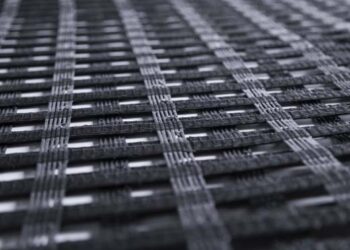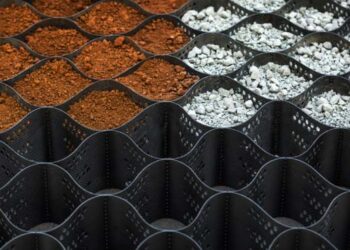Innovative Solutions for Embankments on Soft Soils
Overview
Definition and Characteristics of Soft Soil
Soft soils are known for not being stable or strong, the problem with soft soils is that they tend to shrink a lot when they are loaded, which can cause differential settlements, which are uneven settlements. Their high moisture content and loose structure make them more likely to cause problems during building. For any heavy-duty construction job, you need to use special techniques.
Challenges in Construction over Soft Soils
Building on soft soils presents many engineering challenges, mainly due to their instability which can lead to foundational failures if not addressed. The low bearing capacity and high compressibility of these soils increase the risk of tilting structures, cracks, and even catastrophic collapses. Drawing on our experience across diverse projects such as highways, railroads, landfills, and mining sites, MEGS has adopted innovative stabilization methods that transform these problematic soils into solid foundations ready for infrastructure development. By doing so, we ensure the integrity and safety of construction projects, effectively mitigating the risks associated with soft soils.

Advanced Applications in Soft Soil Embankment Construction
MEGS embankment stabilization system, which uses GeoCell and GeoGrid products, can reduce subsurface pressure and allow controlled ground consolidation by equally distributing heavy loads over an enormous area. Following international design requirements, this economically reinforced soil foundation permits the direct construction of embankments on extremely weak soils, including organic peats and tidal clays.
Leading Benefits of Ground Reinforcement for Embankments Over Soft Soil
Higher Load-Bearing Capacity:
Reduces pressure and improves the ground’s load-bearing capacity.
Minimized Differential Settlements:
Ensures uniform settlement across the embankment.
Higher Embankments:
This method enables the construction of embankments higher than those constructed using traditional methods.
Solutions Built for Easy Application
Through MEGS collaboration with Strata Geosystems, utilizing StrataGrid®, StrataWeb®, and StrataTex ™, our geosynthetic products work with structural fill to build a durable structure that is strong even on unstable soils. This cost-effective process turns soft subsoils like dredge debris, swamps, and saturated clay into stable, hard foundations for a variety of uses, including surcharge embankments, crane pads, haul pads, and more.

GeoGrid
A groundbreaking solution that combines structural stability with durability, made from high-tenacity polyester yarn, forming a stable geometric grid.

GeoCell
Employs a unique three-dimensional honeycomb structure for soil reinforcement, tackling complex civil engineering challenges effectively.
Consultation and Support
MEGS Prides itself in its innovative vision that minimizes construction activities, allowing us to provide complete solutions efficiently and on time. By reducing on-site work, we save time and improve productivity. Our engineering solutions are carefully designed to meet international standards, with focusing on lowering carbon footprints and highlighting eco-friendly practices.